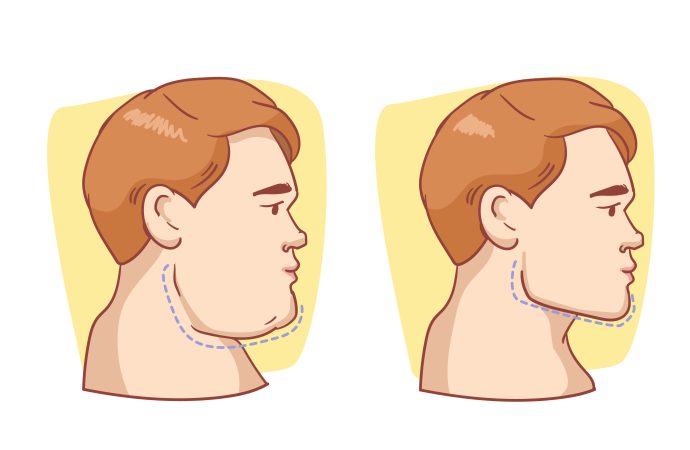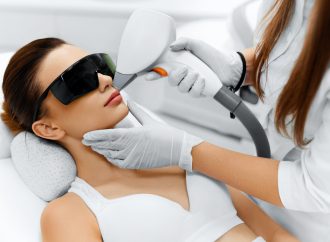Facial contouring has become a popular trend in recent years, with many people opting for various procedures to achieve a slimmer and more defined appearance. One such procedure is buccal fat removal, which involves the surgical removal of fat pads from the cheeks. While the procedure has gained popularity for its ability to slim down
Facial contouring has become a popular trend in recent years, with many people opting for various procedures to achieve a slimmer and more defined appearance. One such procedure is buccal fat removal, which involves the surgical removal of fat pads from the cheeks. While the procedure has gained popularity for its ability to slim down the face, it also carries hidden dangers that patients should be aware of.
The biggest risk associated with buccal fat removal is nerve damage. The buccal fat pads are located close to important nerves that control the movement of the face, including the ability to smile and make other facial expressions. Damage to these nerves can lead to asymmetrical facial features or even paralysis of the face. In some cases, nerve damage can be permanent, leading to lifelong disfigurement.
Another risk of buccal fat removal is the possibility of developing a sunken or hollow appearance in the cheeks. While some patients may desire this look, it can be a source of insecurity for others, especially if they were not adequately informed of this potential outcome before the procedure.
Furthermore, there is also a risk of infection, bleeding, and scarring associated with buccal fat removal, as with any surgical procedure. Patients should carefully consider the risks and benefits before deciding to undergo the procedure.
In conclusion, while buccal fat removal may seem like a quick and easy solution for achieving a slimmer face, it is important for patients to be aware of the potential risks involved. Before undergoing any procedure, it is crucial to thoroughly research the procedure, consult with a qualified and experienced surgeon, and weigh the potential benefits against the risks. Facial appearance is a deeply personal matter, and every patient should make an informed decision that is right for them.























Leave a Comment
Your email address will not be published. Required fields are marked with *